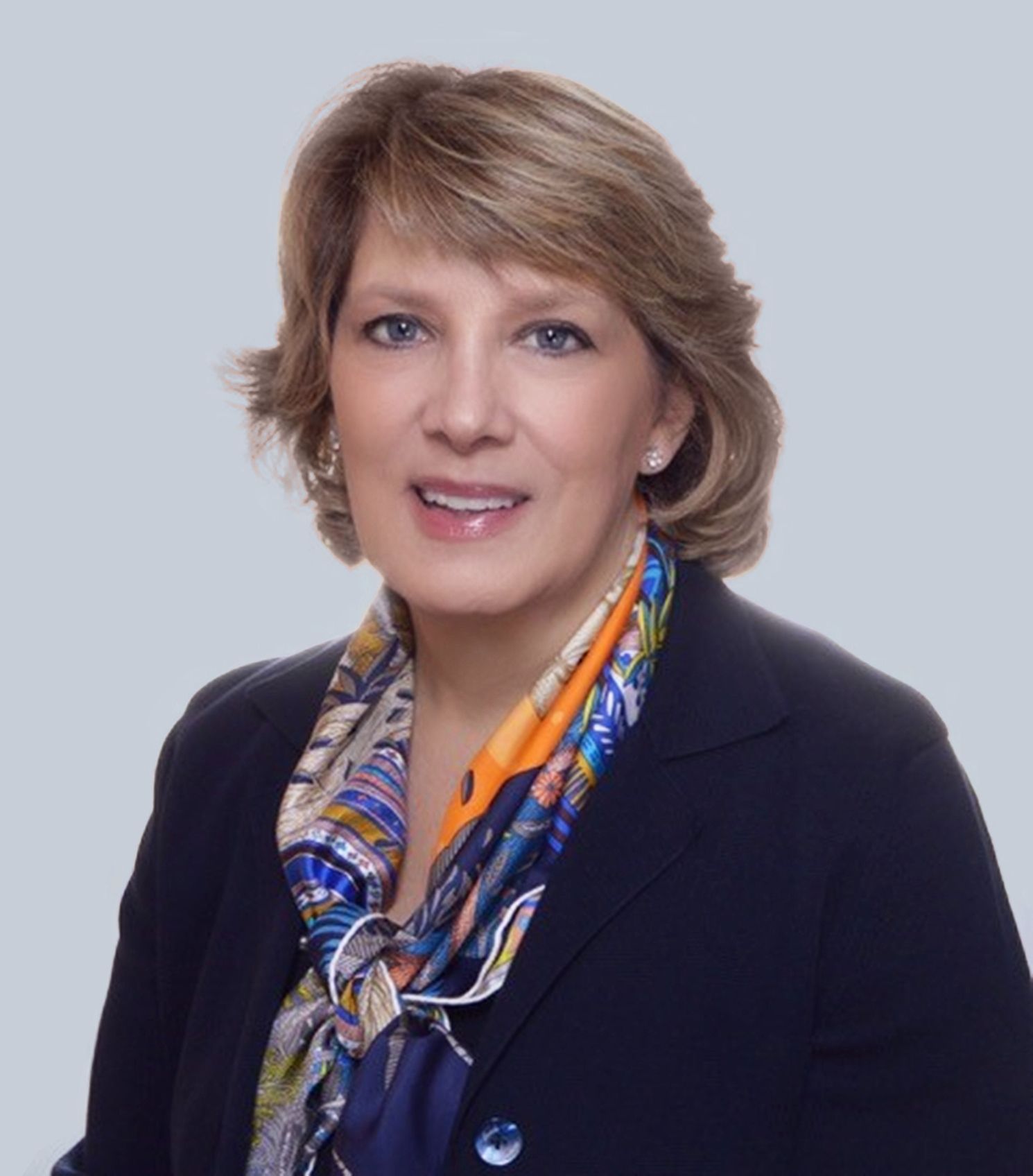- Sustainability
- DE&I
- Pandemic
- Finance
- Legal
- Technology
- Regulatory
- Global
- Pricing
- Strategy
- R&D/Clinical Trials
- Opinion
- Executive Roundtable
- Sales & Marketing
- Executive Profiles
- Leadership
- Market Access
- Patient Engagement
- Supply Chain
- Industry Trends
Finding the Right Patients: Q&A With Lisa Ricciardi, CEO of Cognition Therapies, Inc.
Ricciardi discusses how new treatments require much more specific patient groups in studies.
Lisa Ricciardi
CEO
Cognition Therapies, Inc.

As new therapeutics become more advanced, they require more specific conditions for their clinical trials. Lisa Ricciardi, CEO of Cognition Therapies, Inc., spoke with Pharmaceutical Executive about some of the new ways they’re treating Alzheimer’s and the ways they’re finding patients for their trials.
Pharmaceutical Executive: Can you describe the state of the industry from the perspective of an emerging biotech?
Lisa Ricciardi: The fact that BioGen, Eisai, and soon Lilly have had a variety of successes changes everything for small companies. Investors look and notice progress in a disease area that’s been stymied for a long time. That helps fuel their interest in this space and funding for new mechanisms and a bunch of new biotech companies. There have been a number of anti-amyloid companies out there and a few have shown changes in cognition. The knock-on effect for small companies like us is investor interest in looking at a variety of other mechanisms.
Most people don’t think that there’s a single target and a silver bullet to treat Alzheimer’s Disease. It’s far too complicated, therefore companies like us can show how we’re approaching the toxicity of the disease. Other companies have different approaches, and the belief is that things are going to work synergistically down the road. If you get a few workhorse drugs out there, which is how I would characterize the current and pending approval, then you can ask what else you can do around that.
People look at oncology and think it used to be about taking certain agents, and now it’s personalized and precise. The evolution has been stunning in a short period of time, but that only happens when you’ve got a few drugs as a place to start. That’s where we are for Alzheimer’s.
PE: How would you describe your specific pipeline?
Ricciardi: Our lead program is what we call a sigma-2 receptor modulator, which means we interact early on with the toxic part of amyloid. I use the analogy of making a snow man, where you take the small ball and roll it to make it larger. It’s a process that goes both ways in the brain. The plaque seeds some of these other elements, and those small elements grow to become plaque. Our goal is to intercede where the greatest toxicity is.
It's understood that the most toxic part of the plaque is the oligomers. The plaque itself is inert, but the oligomers are not. They’re highly toxic, but they’re small in number. We can image the white matter and see the plaque, but you can’t image the most toxic element because it’s really tiny. That’s where we intercede, and the goal is to be neuro- or synapto-protective. We don’t want to let those toxins sit in the synapses where they destroy the neurons.
When the patients have the drug on board, the synapses cannot be bound by oligomers. That’s the goal, to get rid of them and keep them off.
PE: What unique struggles have you faced with finding patients to test treatments on?
Ricciardi: There were studies done years ago and they picked patients who were so far on the early side of the spectrum that they weren’t progressing fast enough. It was very difficult to determine the results. We think of it like Goldilocks, where you must find patients who are just right. We’re studying mild to moderate, along with early-stage patients. The industry’s gotten savvier about which patients to put in trials. There was a lot of competition of patients for studies and that part of the work can be very hard.
Somebody said to me recently that there are CROs that can do that, and I thought, “are you kidding me?” First of all, between $30 to 60 million are being spent on trials, we have lots of government grants, and they don’t just hand you $60 million and then say “ok, let us know how it turned out.” You must be actively involved in your CROS, dealing with issues at the sites, ensuring that conduct is done well, etc. It’s not different for us than anyone else. At the end of the day, it’s about data and collecting high quality, rigorously studied patients in a well-controlled trial and getting the data from that. That takes a lot of effort.
PE: Will the increased interest from investors continue in the coming year
Ricciardi: I do, and I’ll tell you why. We have a study that started several years ago that was interrupted by the COVID 19 pandemic. We anticipate having data the second half of the year. The last patient enrolled in November and it’s a six-month trial. There are several other companies that will have data from varying trial sizes. The point is, when I think about this work from the perspective of investors, you have anti-amyloid fusion center meeting vigorous screening through MRI or PET, and now we’re starting to see the second generation that will be borne out by real data.
I think this year is an exciting time, not just for Cognition but for anyone interested in the space.
Cell and Gene Therapy Check-in 2024
January 18th 2024Fran Gregory, VP of Emerging Therapies, Cardinal Health discusses her career, how both CAR-T therapies and personalization have been gaining momentum and what kind of progress we expect to see from them, some of the biggest hurdles facing their section of the industry, the importance of patient advocacy and so much more.
